February 2 marks the World Wetlands Day, which is the date of the adoption of the Convention on Wetlands in 1971 in the Iranian city of Ramsar. China joined the convention on July 31, 1992. By the end of 2019, China had 57 wetland nature reserves listed as major wetlands for protection under the convention, covering a total of nearly 7 million hectares.
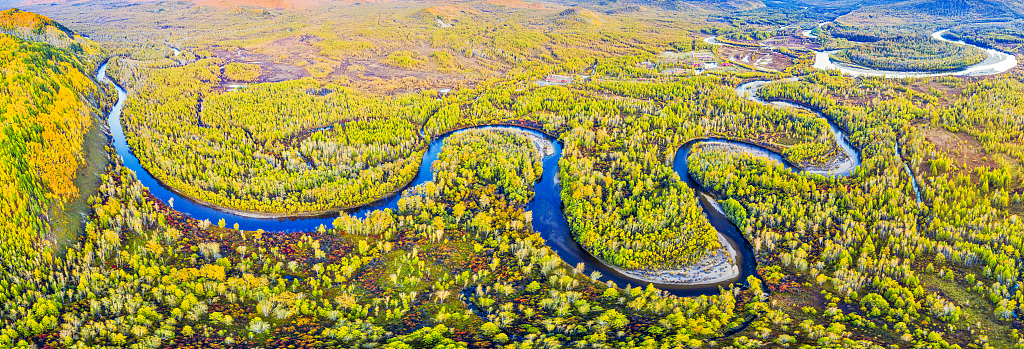
The Genheyuan National Wetland Park in north China's Inner Mongolia Autonomous Region is the largest wetland in China, covering an area of 20,291 hectares. /CFP
The Genheyuan National Wetland Park in north China's Inner Mongolia Autonomous Region is the largest wetland in China, covering an area of 20,291 hectares. /CFP
Wetlands in China have expanded steadily over the past five years, growing by 202,600 hectares and making a significant contribution to water quality and environmental protection, an official from the National Forestry and Grassland Administration said on February 2 at a news conference.
Between 2016 and 2020, China established 201 national wetland parks, said Li Yan, deputy head of the administration's wetland management office. Li also said that China had a total of 899 national wetland parks by the end of 2020 and nearly half of those wetlands are protected by local governments.
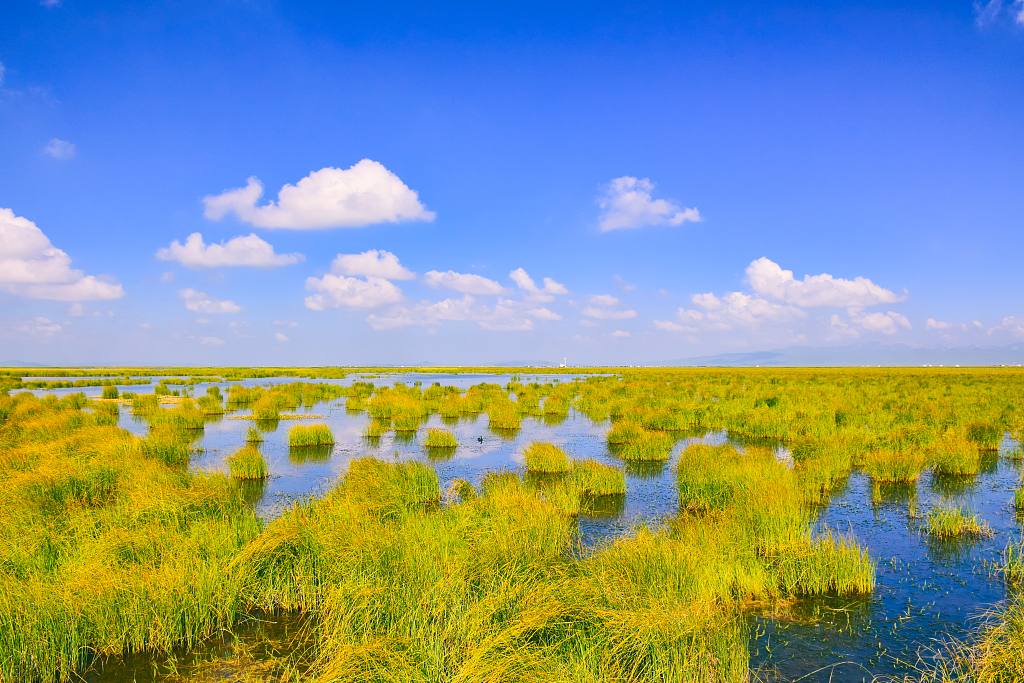
The Ruoergai Wetland in southwest China's Sichuan Province is dubbed as "China's most beautiful wetland." /CFP
The Ruoergai Wetland in southwest China's Sichuan Province is dubbed as "China's most beautiful wetland." /CFP
Conservation of wetlands in China is crucial, as it ranks fourth in wetland area in the world with 65.9 million hectares, 10 percent of the world's wetland areas, according to the World Wildlife Fund (WWF).
China also has some of Asia's most important wetlands, such as Poyang Lake and Asia's longest river, the Yangtze, and is the source country of such major rivers as the Lancang River, the upper reach of the Mekong River.
However, previous WWF research showed China's wetlands were severely threatened by degradation over past decades due to pollution, climate change and over-exploitation.
In the past five years, China has taken several measures to restore its wetlands. These include returning farmland to wetland and the removal of some fish farms. Thanks to these measures, wetland areas in the 57 key Chinese wetlands listed in the convention increased by 2,479 hectares between 2018 and 2019, according to a report released by the administration.
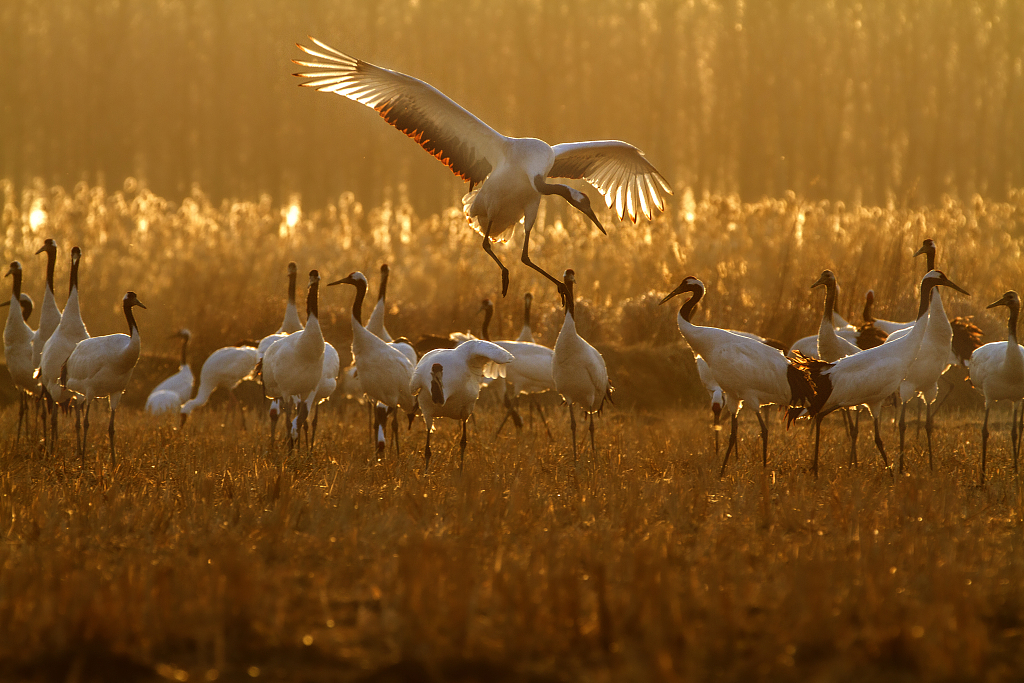
The Yancheng Wetland National Nature Reserve in east China's Jiangsu Province is a paradise for the red-crowned cranes, an endangered species. /CFP
The Yancheng Wetland National Nature Reserve in east China's Jiangsu Province is a paradise for the red-crowned cranes, an endangered species. /CFP
Wetlands across the country
Chinese capital Beijing has seen a new push to restore wetlands. The city has 47 wetland areas totaling 58,700 hectares, Beijing's Gardening and Greening Bureau said on February 2. This year, the city plans to restore 1,000 hectares of wetlands. During the 13th Five-Year Plan period (2016-2020), the city restored 11,000 hectares of wetlands.
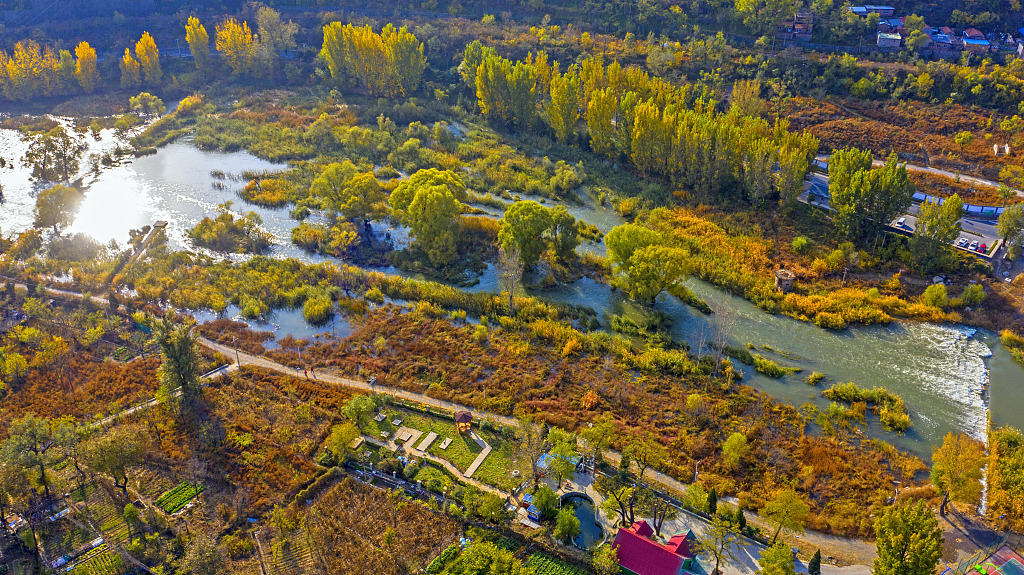
An aerial view of the restored Wangping Wetland, in Beijing, China, October 25, 2020. /CFP
An aerial view of the restored Wangping Wetland, in Beijing, China, October 25, 2020. /CFP
In China's northwest province of Shaanxi, wetland restoration has also seen progress. Authorities have built 43 national wetland parks in the province, of which 26 have passed the national evaluation, according to the provincial forestry bureau.
Shaanxi sits between the Yangtze River and the Yellow River and has a variety of wetlands. The province has 308,500 hectares of large-scale wetlands, accounting for 1.5 percent of the province's total area. Various water birds thrive on the wetlands, many of whom are under national protection.
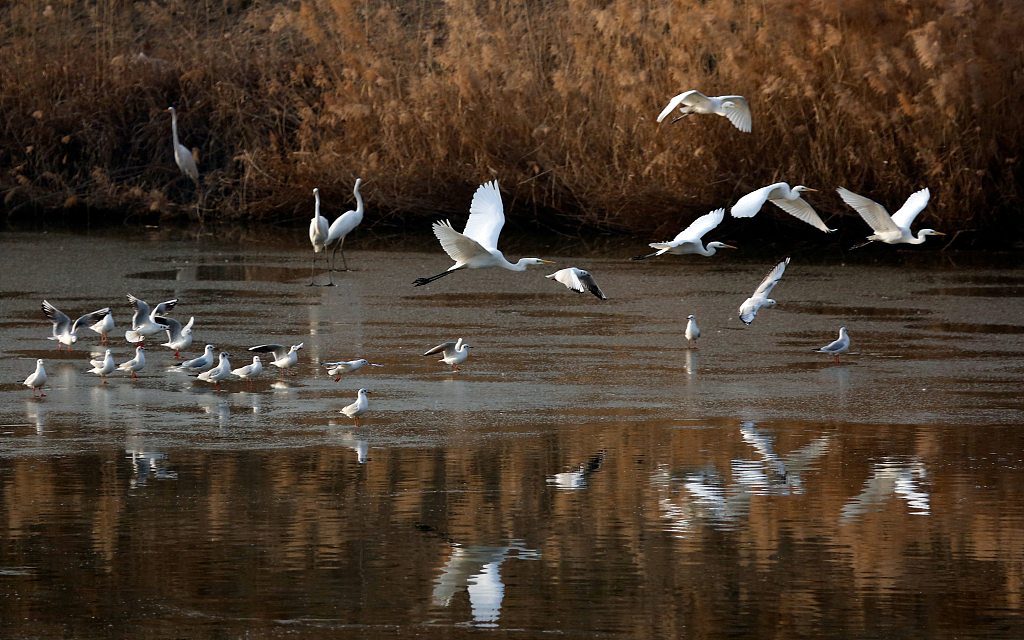
Water birds gather at wetlands in Weinan City, Shaanxi Province, northwest China, December 18, 2018 /CFP
Water birds gather at wetlands in Weinan City, Shaanxi Province, northwest China, December 18, 2018 /CFP
In south China's island province of Hainan, wetlands cover an area of 320,000 hectares, which provides a favorable habitat for waterbirds. The province launched a survey of locations where waterbirds come in for wintering, covering 50 coastal habitats of waterbirds, so as to better understand their species, numbers and distributions. A total of 30,700 waterbirds belonging to 65 species were recorded during the survey this year.
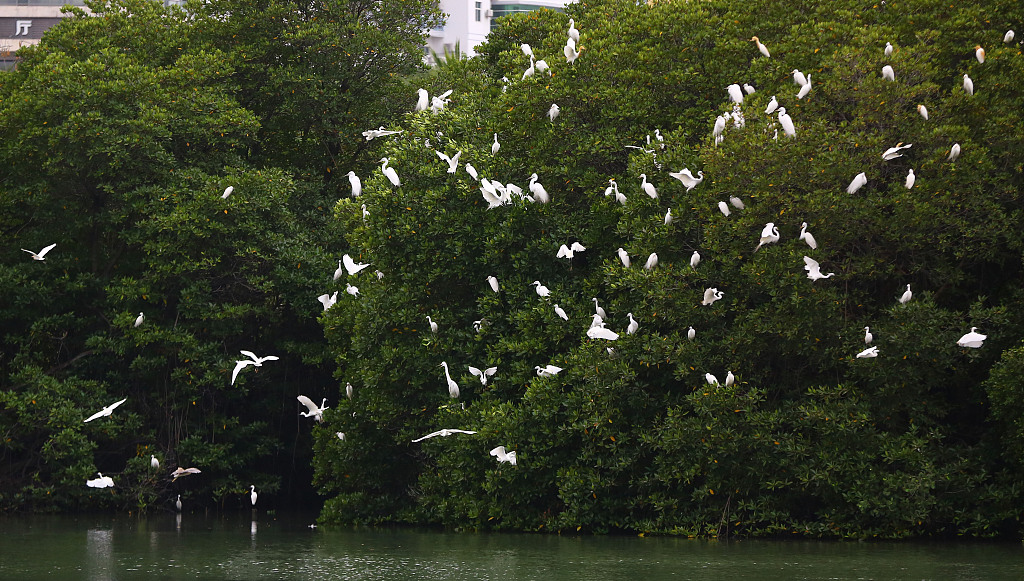
Flocks of white herons find their home in the mangrove wetlands in Sanya City, Hainan Province, south China, March 15, 2020. /CFP
Flocks of white herons find their home in the mangrove wetlands in Sanya City, Hainan Province, south China, March 15, 2020. /CFP
In northwestern Qinghai Province, dubbed "the water tower of China," is also making headway in protecting its rich wetland resources through comprehensive efforts, with its wetland area and wildlife both increasing.
Qinghai has 19 national wetland parks and 32 provincial-level key wetlands, said Ma Jianhai, an official with the provincial forestry and grassland bureau. Over the past five years, the province has rolled out 111 ecological restoration projects with an investment of 580 million yuan (about $90 million).
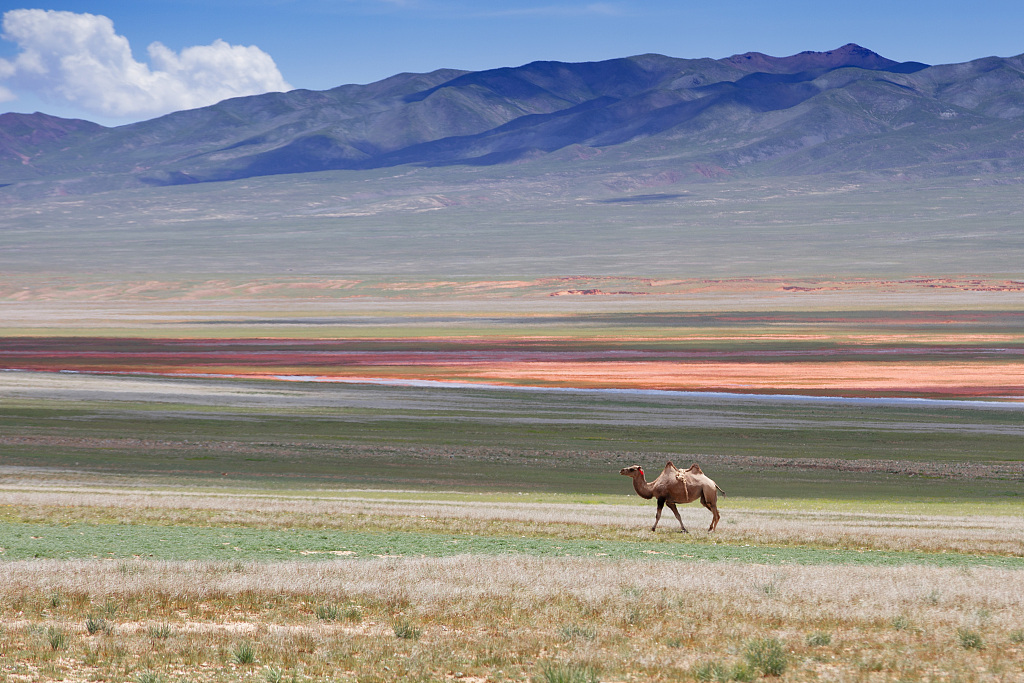
A camel is spotted foraging at the Alake Lake National Wetland Park in Haixi Mongolian and Tibetan Autonomous Prefecture, Qinghai Province, northwest China, July 27, 2018. /CFP
A camel is spotted foraging at the Alake Lake National Wetland Park in Haixi Mongolian and Tibetan Autonomous Prefecture, Qinghai Province, northwest China, July 27, 2018. /CFP
(Cover: Huanghekou Wetland in Dongying City, Shandong Province, east China./ CFP)
(With inputs from Xinhua and China Daily)
(If you want to contribute and have specific expertise, please contact us at nature@cgtn.com.)

